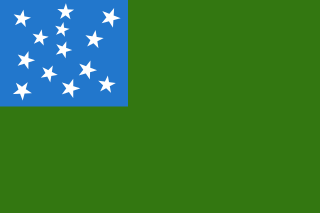
The Green Mountain Boys were a militia organization established in 1770 in the territory between the British provinces of New York and New Hampshire, known as the New Hampshire Grants and later in 1777 as the Vermont Republic. Headed by Ethan Allen and members of his extended family, it was instrumental in resisting New York's attempts to control the territory, over which it had won de jure control in a territorial dispute with New Hampshire.

Isaac Tichenor was an American lawyer and politician. He served as the third and fifth governor of Vermont and United States Senator from Vermont.
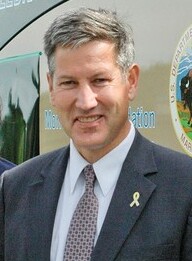
Brian E. Dubie is an American politician who was the 80th lieutenant governor of Vermont from 2003 to 2011. He lost the 2010 election for governor of Vermont by fewer than 5,000 votes.

The Vermont National Guard is composed of the Vermont Army National Guard and the Vermont Air National Guard. Together, they are collectively known as the Green Mountain Boys. Both units use the original Revolutionary War-era Flag of the Green Mountain Boys as their banner. In 2009, they had 2,600 members.

Ernest William Gibson Jr. was an American attorney, politician, and judge. He served briefly as an appointed United States Senator, as the 67th governor of Vermont, and as a federal judge.

Lawrence Brainerd was an American businessman, abolitionist and United States Senator from Vermont. A longtime anti-slavery activist, after leaving the Jacksonians in the 1830s, Brainerd was active in the Whig, Liberty, and Free Soil parties, and was one of the organizers of the Republican Party when it was formed as the main anti-slavery party in the mid-1850s. Brainerd's longtime commitment to the cause of abolition was recognized in 1854, when opponents of slavery in the Vermont General Assembly chose him to fill a five-month vacancy in the United States Senate.

Martha T. Rainville is a retired U.S. Air Force officer who attained the rank of major general. She was the first woman in U.S. history to become a state adjutant general when she served in that post with the Vermont National Guard.
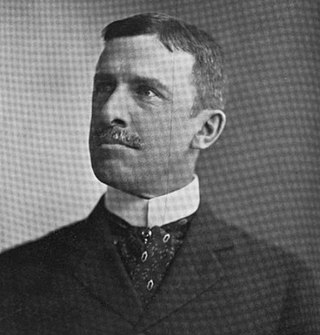
Edward Curtis Smith was an American attorney, businessman, and politician from Vermont. A Republican, he was most notable for his service as the 47th governor of Vermont from 1898 to 1900.
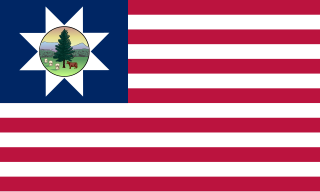
The 1st Vermont Infantry Regiment was a three months' infantry regiment in the Union Army during the American Civil War. It served in the eastern theater, in and around Fortress Monroe, Virginia.

Frederick Holbrook was an American farmer, businessman, and Governor of the State of Vermont. Active in politics and government, first as a Whig, and later as a Republican, he was most notable for his service as the 27th governor of Vermont from 1861 to 1863.

Peter Thacher Washburn was a Vermont lawyer, politician and soldier. A veteran of the American Civil War, he served as the 31st governor of Vermont as a Republican from 1869 to 1870, and was the first Vermont Governor to die in office.
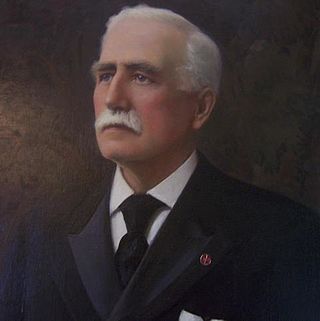
Urban Andrain Woodbury was an American Civil War veteran, an entrepreneur and a U.S. politician of the Republican Party. He served as mayor of Burlington, 37th lieutenant governor, and as the 45th governor of Vermont.

John Calvin Coolidge Sr. was an American politician and businessman from Vermont, and the father of Calvin Coolidge, the 30th president of the United States. The senior Coolidge administered the presidential oath of office to his son at their family homestead in the early morning hours of August 3, 1923, following the death of President Warren G. Harding.

Levi Underwood was a lawyer and politician from Vermont. Originally a Democrat, Underwood's antislavery views caused him to join the new Republican Party when it was founded. Underwood was most notable for his service as the 23rd lieutenant governor of Vermont from 1860 to 1862.
The president pro tempore of the Vermont Senate presides over the Senate of the U.S. state of Vermont in the absence of the lieutenant governor. The president pro tempore also sets the policy priorities and legislative agenda for the Senate.

Pierpoint Isham was a Vermont attorney and judge who served as an Associate Justice of the Vermont Supreme Court from 1851 to 1856.
Stephen S. Cushing was a Vermont attorney, businessman, judge, and politician. He was a veteran of World War I, and his most notable government service was as an associate justice of the Vermont Supreme Court from 1952 to 1953.

Charles N. Davenport was an American attorney, businessman, and political candidate from Vermont. A Democrat during the American Civil War and post-war era when Republicans won every election for statewide office, Davenport was an unsuccessful candidate for offices including governor and U.S. representative. He was a delegate to many local, state, and county Democratic conventions, and was the founder of the Brattleboro Reformer newspaper.
















